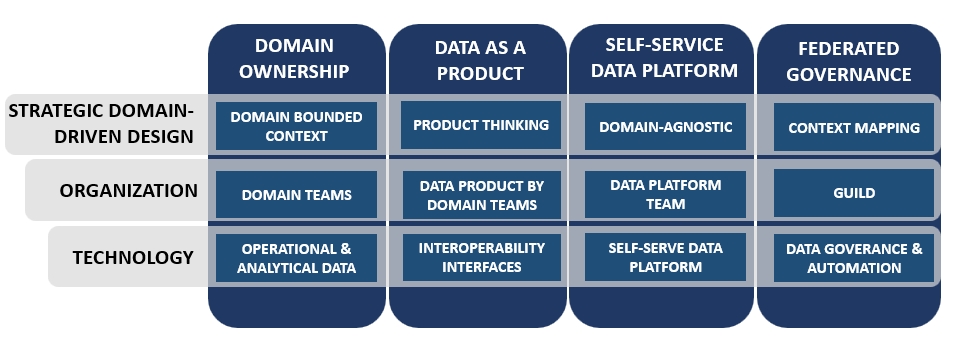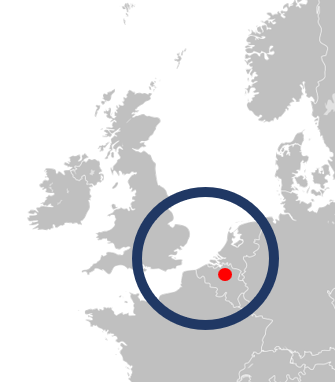The datamesh architecture is a newer approach to designing and building data systems that has gained traction in recent years.
It is based on the concept of establishing a mesh-like network of data sources, data streams, and data sinks that can be dynamically interconnected and reconfigured in real-time to meet changing data processing and analysis requirements.
This architecture is especially well-suited for handling large amounts of data, real-time data processing, and managing complex data workflows involving multiple data sources and sinks.
Reasons Why You Might Require a Data Mesh
Many companies have made the investment in a central data lake and a data team with the goal of basing their business decisions on the data collected from those lakes.
After achieving a few initial quick wins, however, they noticed that the central data team frequently became a bottleneck in the process.
The team is unable to respond quickly enough to all of the analytical questions that have been posed by management and product owners. This is a significant issue because arriving at decisions in a timely manner that are supported by data is essential to maintaining one's competitive edge.
The team is unable to respond quickly enough to all of the analytical questions that have been posed by management and product owners. This is a significant issue because arriving at decisions in a timely manner that are supported by data is essential to maintaining one's competitive edge.
Data Mesh principles
The concept of a data fabric, which is a distributed data processing and analysis platform that connects all of the system's data sources and sinks, is at the heart of the datamesh architecture.
The data fabric is in charge of data ingestion, transformation, enrichment, and distribution throughout the system.
It offers a set of core services that enable data processing workflows, such as data discovery, transformation, quality, governance, and security.
The flexibility and scalability of the datamesh architecture are two of its primary advantages.
Because it is based on a mesh-like network of interconnected data sources and sinks, the architecture can easily scale to handle large volumes of data and can be reconfigured in real-time to accommodate changing data processing needs.
As a result, it is well-suited for real-time analytics, machine learning, and data science.
Another advantage of datamesh architecture is its ability to handle complex data workflows with multiple data sources and sinks.
Data discovery, data transformation, data quality, data governance, and data security are among the core services provided by the data fabric to enable data processing workflows.
These services allow data scientists and analysts to create complex data processing pipelines that are easy to manage and maintain over time.

Organizations will need to invest in a number of core technologies and platforms in order to implement a datamesh architecture.
Data ingestion tools, data transformation tools, data storage and management systems, data processing and analysis tools, and data visualization and reporting tools are all examples of this.
Many of these tools are available as open-source platforms that can be easily integrated and customized to meet the organization's specific needs.
All in all, the datamesh architecture is a powerful and adaptable approach to designing and building data systems that is well-suited for handling large volumes of data, real-time data processing, and managing complex data workflows involving multiple data sources and sinks.
Organizations can build data systems capable of handling their most difficult data processing and analysis needs by investing in the right set of core technologies and platforms.
What we do everyday
OBJECTSconnexted is a leading provider of services in the field of the Internet of Things (IoT). The company is focused on helping organizations to identify and implement IoT solutions that can drive innovation, improve efficiency, and generate new revenue streams.
In the geographic heart of Europe
OBJETCSconnected's headquarters are in Belgium, close to Brussels and Antwerp. We are based in the heart of Europe.

PUBLISHED ON
